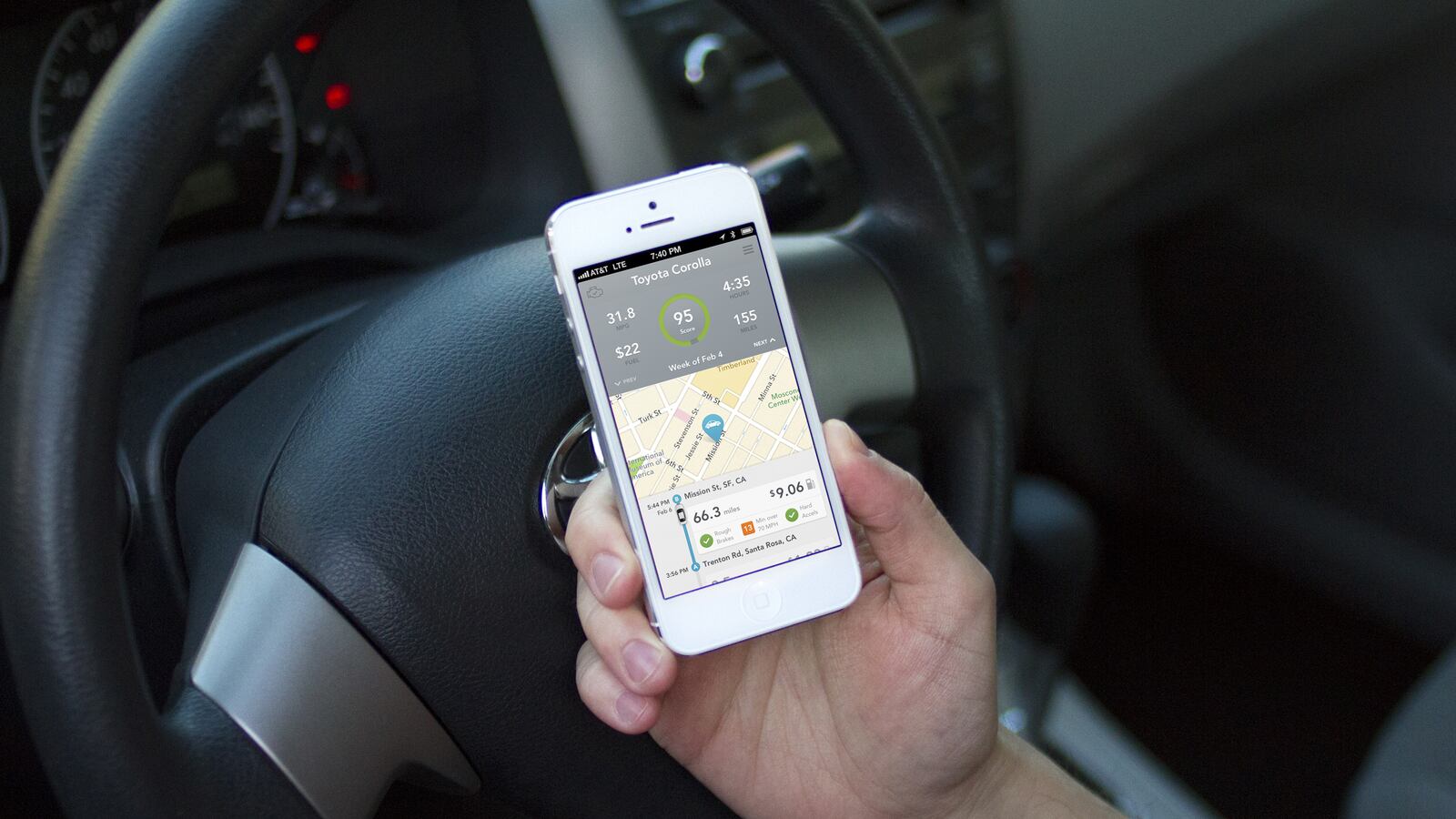Back in December, I bought an Automatic Link device to track data from my car. It plugs into the same port that a mechanic uses to check the computer, and it works on most cars made after 1996. (In my case, I use it in a 2011 Kia Sorento.) The device gets data from the car’s computer and sends it via Bluetooth to an iPhone or Android.

The premise of the device is to help a driver learn to be more fuel-efficient. The three most fuel-costly activities are rough braking, rapid acceleration, and speeding above 70 mph. The device issues an audible beep when any of these events occur. By looking at the data, you can see how events like these affect your fuel consumption, and learn to avoid them (or at least minimize them) to maximize fuel efficiency.
This sounds like a lot of work, but actually, all you need to dois plug in the device and occasionally review the data. Automatic Link recordsfuel consumption, fuel costs (based on where you fill up, or average localprices), and produces a trip timeline so you can see where you drove, how longit took, and your fuel efficiency. It even remembers where you parked your carso that you can easily find it again.
People often wonder about the practical benefits of the quantified self movement. It’s nice to have the data, but what do you do with it? Over the last six months, I’ve found three ways the Automatic Link has helped save me time and money.
Cutting Fuel Costs
As the price of gas continues to creep up, it is helpful to find waysto reduce fuel costs. Ridesharing or biking are great alternatives, butsometimes, they aren’t viable options. By paying attention to the things thatmake driving less fuel efficient, the Automatic Link has helped me save somemoney on fuel.

Last week, I traveled with my family from Virginia to Maine and I tried a little experiment while we were there to see just how much of a difference the Automatic Link can make. On Tuesday, we took the kids to Acadia National Park—about 55 miles from where we were staying. On the drive to Acadia, I ignored the Automatic Link. On the drive back, I made a special effort to avoid the three conditions that reduce fuel efficiency. Here are the results:

All other things being equal, that one hard acceleration on the outbound trip reduced my fuel efficiency by nearly four miles per gallon. In terms of cost, that’s about $1. That may not sound like much, but this was on a single day, driving 55 miles one-way. One rapid acceleration per day adds up to $365 in additional fuel costs per year. And that is just one of the three events that the Automatic Link helps to identify.
Remembering Where You’ve Been
We drive up to Maine every summer, and I never remember how long it actually takes. (I tell myself to jot down the times, but I never remember to do it.) With the Automatic Link, I don’t need to remember because it remembers for me. One of my favorite features of the device is the trip timeline, which shows you where you've been and when you’ve been there. Here is a capture of the timeline from my drive to Acadia:

The Automatic Link can also integrate with the IFTTT service. IFTTT—If This Then That—is a service that allows you toeasily integrate two services together. I capture all of my trips in Evernoteusing the IFTTT service. Whenever I complete a trip, it triggers an IFTTT recipe thatI have created and sends the resulting data to a note in Evernote. The notecontains all of the data about the trip, as well as a map of the route. Withthe data in Evernote, I can easily look up the trip next year and find out howlong it will take, or what route we took.
Perhaps the most important part of this is that it doesn’t require any action on my part. The Automatic Link starts capturing data when the ignition to the car starts, and created the trip record (which triggers IFTTT) when the ignition stops. I don’t have to take any extra action.
Capturing BusinessMileage
For my freelance writing work, I occasionally need to keep track of my business mileage, something that I was terrible at before I got my Automatic Link. Mostly, I’d just forget, but now, I don’t have to worry about it. Each evening, I do a quick daily review of all of the notes I’ve put into Evernote. Since the trips get into Evernote through IFTTT, all I have to do is flag the ones that are business-related with an extra tag. It probably takes me less than 10 seconds per day.
When tax time rolls around, I can run a quick search in Evernote for all notes tagged “business trip” that took place that tax year. It takes just a few seconds to get all of the notes, and that saves me a ton of time, while also ensuring I have accurate records of my business mileage.
Saving a little money here and there on fuel is a nice bonus, but the real benefits that I get from my Automatic Link are the records of the trips I’ve taken and the data for my business mileage, all of which are now gathered without any extra actions on my part. That is one of the most critical elements of the quantified self movement, whether you are collecting data from your car, or how many steps you took in the day.




